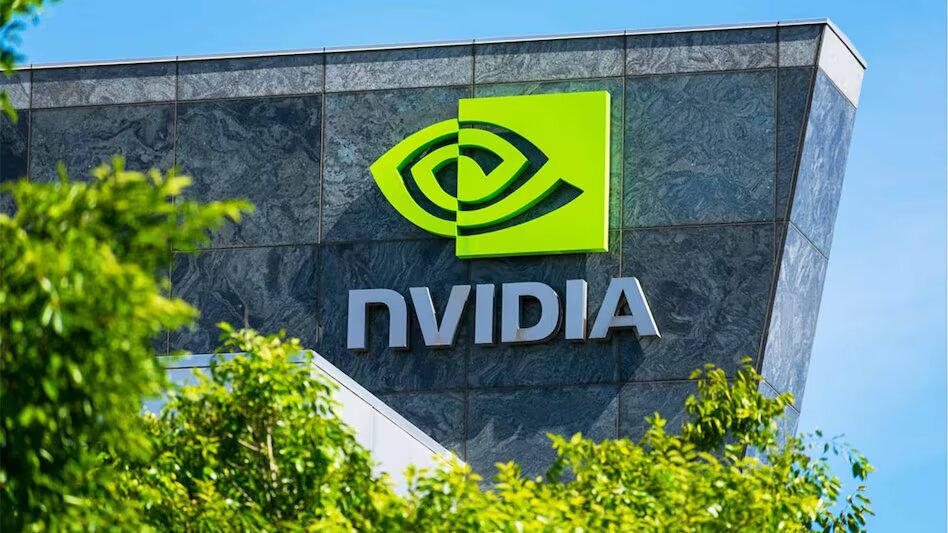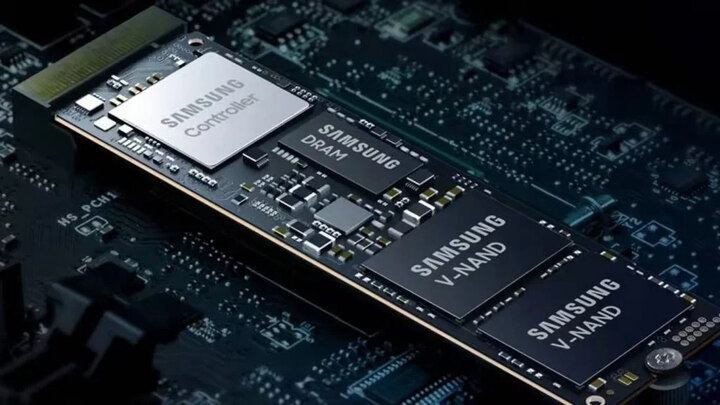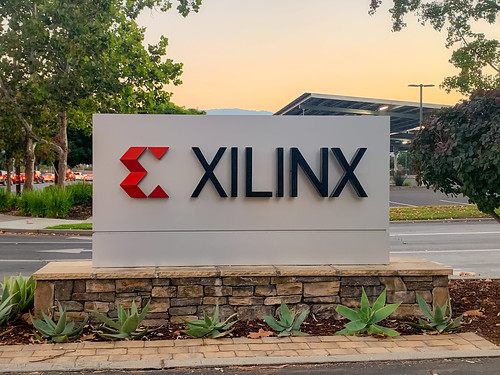Chip giant Nvidia nears trillion-dollar status on AI bet
In among of the biggest single-day surges in value around a U.S. stock, Nvidia Corporation’s shares soared 24 percent following its excellent income prediction revelation on Thursday that Wall Street had not yet priced in the AI technology’s ability to change the world.
The rise surpassed doubled the price of the stock during the year and brought the overall market worth of the chip designer up to over 939 billion dollars, which is a rise of roughly 184 billion dollars.

Thus, Nvidia is now almost two times as big as TSMC, the second-biggest chip manufacturer in Taiwan. It is only behind Apple Inc., Alphabet Inc., Microsoft Corp., as well as Amazon.com Inc. in terms of US market worth.
Also Read: OpenAI’s ChatGPT app tops 500K downloads in just 6 days
The positive news also prompted a surge in the chip manufacturing sector and for businesses with a strong focus on artificial intelligence, propelling share markets from Japan to Europe. While the stock of Advanced Micro Devices, Inc. closed 11 percent better, the other Tech Giant companies ended in the range of 0.6 percent and 3.8 percent higher in the US.
consequently, the business’s strength in the marketplace for the processors that power ChatGPT along with many other services like it, experts hurried to increase their price objectives on Nvidia stock, including 27 raising their opinion that all paths in AI led to it.
Over the past twelve months, the average price goal has nearly doubled. Nvidia’s worth is expected to be near that of Alphabet under the maximum scenario, a 644.80 dollar price goal from Elazar Advisors, which values the company at 1.59 trillion dollars.
“In the 15+ years we have been doing this job, we have never seen a guide like the one Nvidia just put up with the second-quarter outlook that was by all accounts cosmological, and which annihilated expectations,” Stacy Rasgon of Bernstein said.
Source: money.usnews.com
The 5th most valuable US firm, Nvidia, forecast a quarterly profit on Wednesday that was over 50 greater than the usual Wall Street prediction & stated that it might have a greater number of AI chips available in the second half to satisfy an increase in consumption.
As generative artificial intelligence is included in each good and service, CEO Jensen Huang estimated that a total of one trillion dollars of present equipment in data centers would need to be substituted with AI chips.
The outcomes are encouraging for giant Tech firms, who have moved their attention to artificial Intelligence in the belief that the technology can boost need at a time when their key revenue generators, cloud computing as well as digital advertising, are experiencing force from an economic downturn.
Also Read: Windows 11 finally gets native RAR support
According to several analysts, Nvidia’s outcomes demonstrate that the generative artificial intelligence surge may be the next major economic catalyst.
“We’re really just seeing the tip of the iceberg. This really could be another inflection point in technological history, such as the internal combustion engine – or the internet,” said Derren Nathan, head of equity analysis at Hargreaves Lansdown.
Source: money.usnews.com

I am a student pursuing my bachelor’s in information technology. I have a interest in writing so, I am working a freelance content writer because I enjoy writing. I also write poetries. I believe in the quote by anne frank “paper has more patience than person




